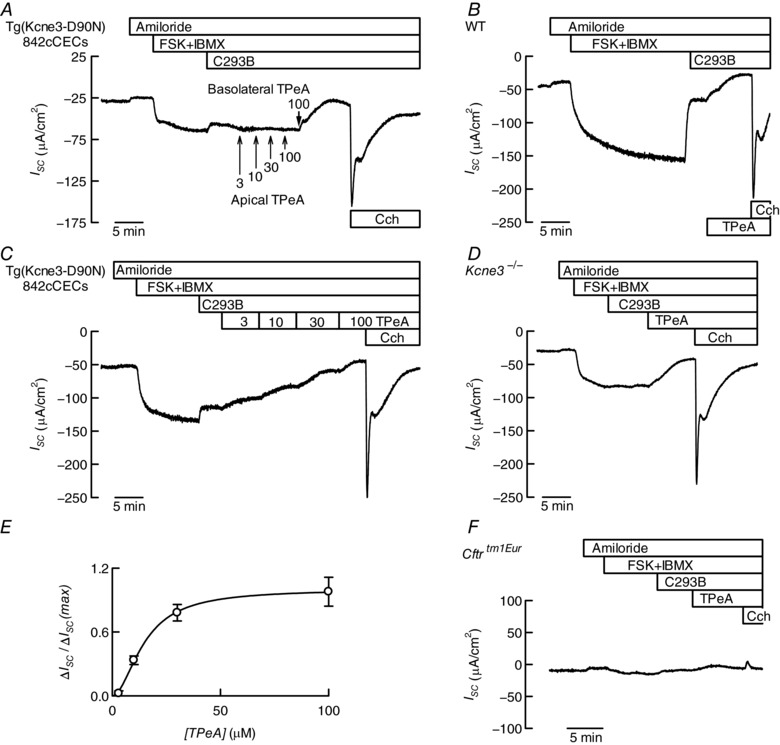Figure 3. Inhibiting cAMP‐dependent intestinal anion secretion by pharmacological K+ channel blockade.

A–D and F, Ussing chamber traces of short circuit currents (I SC) as function of time obtained using distal colon of transgenic mice expressing the KCNE3‐D90N mutant subunit (A and C), a WT mouse (B), a Kcne3 −/− (D) and a Cftrtm1Eur mouse expressing the CFTR‐ΔF508 mutation (F). Details of compound additions are as in Fig. 1 except for the use of tetrapentylammonium (TPeA) added, unless otherwise indicated, basolaterally at 100 μm. Tissue resistances at the beginning and end of the experiment were 82 and 68 Ω cm2 in A, 98 and 70 Ω cm2 in B, 66 and 58 Ω cm2 in D, and 82 and 82 Ω cm2 in F. E, concentration dependence of the effect of basolateral TPeA on the cAMP‐activated anion secretion (normalized) measured using distal colon from Tg(Kcne3‐D90N)842cCECs mice expressing the KCNE3‐D90N subunit (means ± SD, n = 4).
